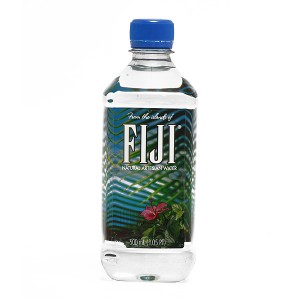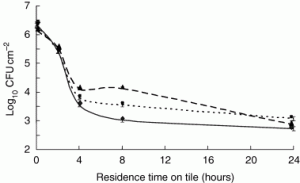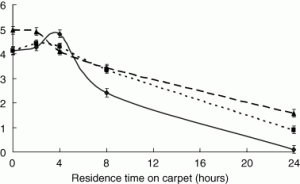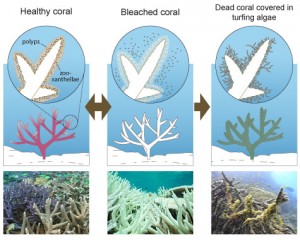Social media, in my opinion, is the face of our planet right now. It is used for everything. People advertise, communicate, argue, do research, start relationships, get jobs, stalk their favorite celebrities etc. It is the new form of human interaction and it has swept the developed world. Twitter has 313 million active users, Facebook has 1.7 billion users, and Instagram has 500 million just to name a few.
http://marketingland.com/beginners-guide-social-media-marketing-10000-small-businesses-program-143217
With the mass popularity of these platforms, some people are bound to use some them more than others. But are there people out there who actually have an addiction?
An addiction based upon a dictionary definition is, “The state of being enslaved to a habit or practice or to something that is psychologically or physically habit-forming, as narcotics, to such an extent that its cessation causes severe trauma.”
Based upon this definition, one would have to be trapped by this habit, and the act of doing something such as not being able to access social media, or the deletion of an account would traumatize them. Dr. Pamela B. Rutledge wrote an article for Psychology today taking a stance for the other side of this argument. She believes people throw around the word, “addiction” too often in regards to social media. She believes its the same as someone saying they are addicted to chocolate. Sure, they may enjoy chocolate and indulge in it more than they should every now and again, but if chocolate was taken away from these people they wouldn’t go through withdrawal. The same holds true for social media. The article also goes into depth on how using social media is just a new and exciting way to communicate, so if people are spending time on it then so be it.
On the other side there has been studies conducted trying to prove the opposite, that some users are truly addicts. Dr. Rutledge referenced a study where 200 students at the University of Maryland were asked to go 24 hours without any access to any media, and then write a reflection on their experiences. Although not empirical, the results were very interesting. Some students reported having mood changes, feeling sad, depressed, lonely, and confused to name a few. Others reported that they naturally ended up browsing the web or accessing other forms of media without even thinking about it, and had to stop themselves after instinctively doing the action. Some reported a “Phantom Ringing” phenomenon, where they felt a buzz in their pocket, or heard a ring that wasn’t there. Personally I have felt a “phantom” buzz in my pocket on different occasions, and I had no idea it was a phenomenon. And of course, some of the participants straight up couldn’t make it the 24 hours.
Although some of these students reports use words that may fall under addiction, its hard to tell if it could be a medically diagnosed addiction. The problem with answering this question, is how new social media is. Spending hours at a time scrolling through feeds, and feeling the need to check social media every 5 minutes, is definitely unhealthy. Although on the other hand social media is a form of communication and a lot of good things can come from it. If you’re spending hours online talking to people, building relationships, building a personal brand etc. Is that really a bad thing?
Because social media is so two sided, there is no true evidence to support my hypothesis that social media can become an addiction. I personally believe it could definitely be an addiction, as I find myself instinctively checking social media, without even realizing what I’m doing, and my friends do the same. We have the ability to control ourselves, and going back to the definition, I don’t feel enslaved by the habit. Although, I would bet there are people out there who can’t and truly are dependent on social media.











![handwriting_erik[1]](https://sites.psu.edu/siowfa16/files/2016/09/handwriting_erik1-xozm1a-300x193.jpg)
![Dropping-off-the-mother-in-law-meme[1]](https://sites.psu.edu/siowfa16/files/2016/08/Dropping-off-the-mother-in-law-meme1-2fikjac-260x300.jpg)